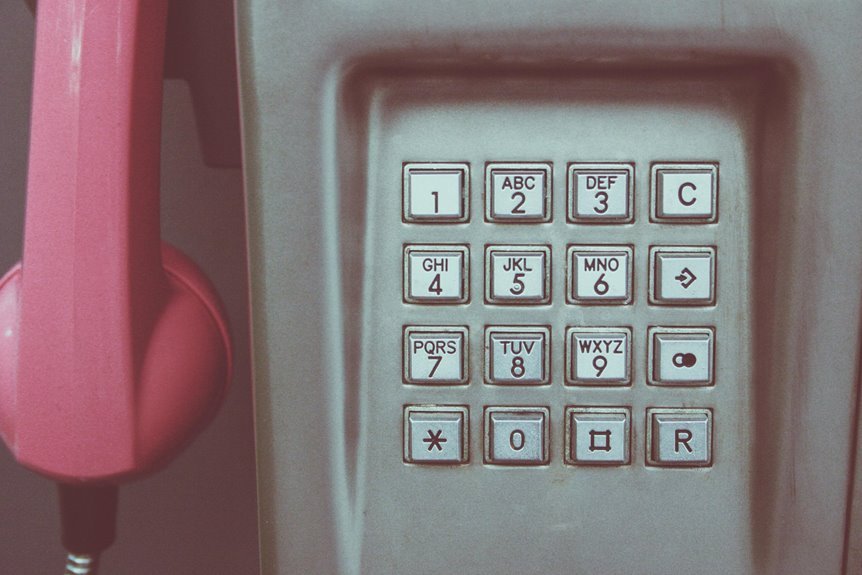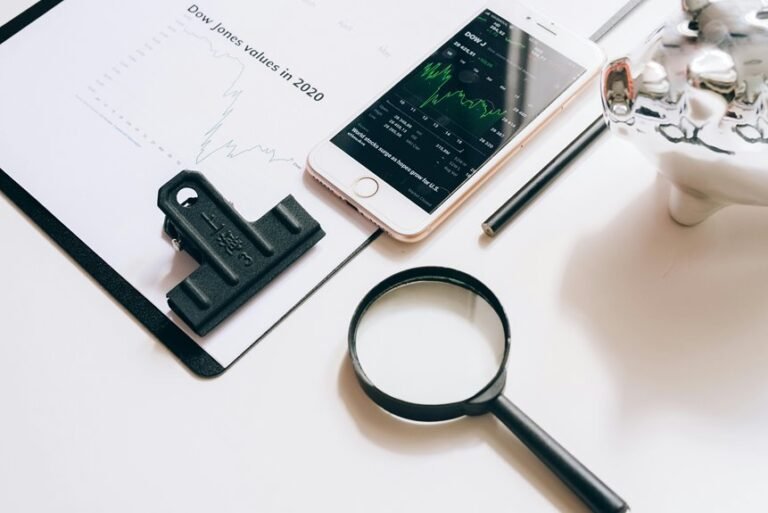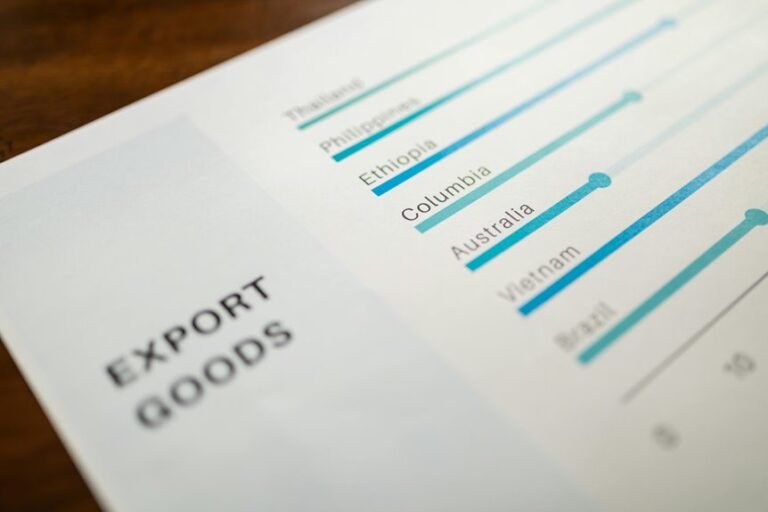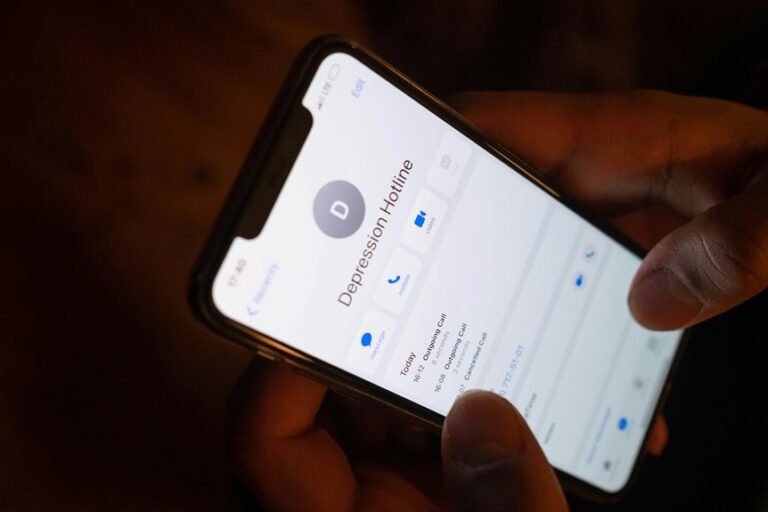Who Called Me? 18008879441, 8338603246, 6028060742, 18003683110, 18004264149, 6787015141
Numerous individuals have reported receiving calls from various numbers, including 18008879441, 8338603246, and 6028060742. These calls often stem from telemarketers or potential scammers exploiting communication loopholes. Understanding the nature of these calls and their sources is crucial for protecting personal information. The implications of such unsolicited communications raise important questions about consumer safety and privacy. What steps can one take to mitigate these risks?
Understanding the Caller ID: Decoding the Numbers
Caller ID technology plays a crucial role in modern telecommunications by providing users with the ability to identify incoming callers based on their phone numbers.
Caller identification systems utilize number formatting standards to ensure consistent representation and interpretation of phone numbers. By adhering to these standards, users can quickly ascertain the origin of calls, thereby enhancing their capability to manage communications effectively and preserve their autonomy.
Common Sources of Unwanted Calls
Unwanted calls, often referred to as spam or nuisance calls, predominantly originate from telemarketers, robocallers, and scammers.
These entities frequently employ aggressive telemarketing tactics aimed at promoting products or services.
The spam call origins can be traced to automated dialing systems that facilitate mass outreach, exploiting loopholes in regulations.
Understanding these sources is crucial for individuals seeking to reclaim their privacy and autonomy.
How to Protect Yourself From Scam Calls
Although many individuals find themselves inundated with scam calls, several proactive measures can significantly reduce their likelihood.
Implementing effective scam call prevention techniques, such as utilizing call-blocking apps and registering with the National Do Not Call Registry, can mitigate risks.
Additionally, employing reporting tactics—such as documenting details and notifying authorities—empowers individuals to combat these nuisances and contribute to broader anti-scam initiatives.
Conclusion
In summary, staying savvy about suspicious signals, such as calls from 18008879441 and similar numbers, is essential for safeguarding personal security. By diligently documenting dubious digits and deploying protective measures, individuals can diminish the dangers posed by deceptive dialing. Embracing effective call-blocking strategies and engaging with community resources can significantly shield against the surge of scam solicitations. Ultimately, proactive prevention plays a pivotal role in preserving peace of mind in an increasingly invasive telecommunication landscape.






